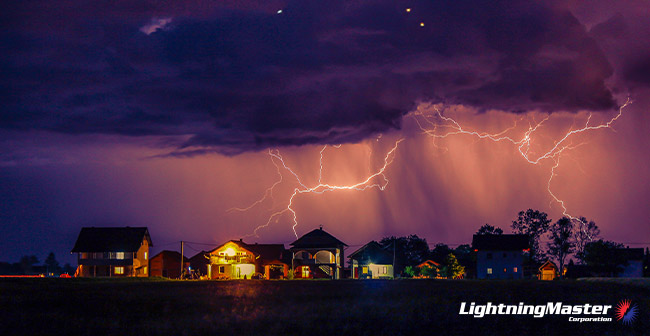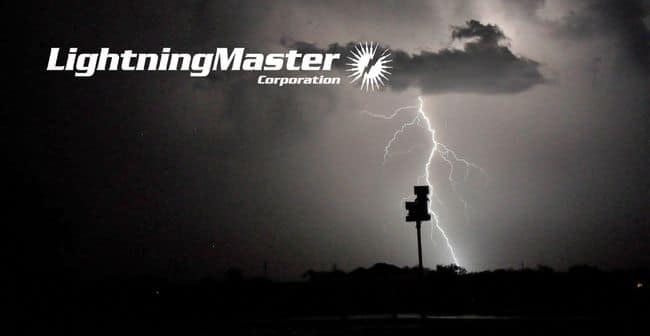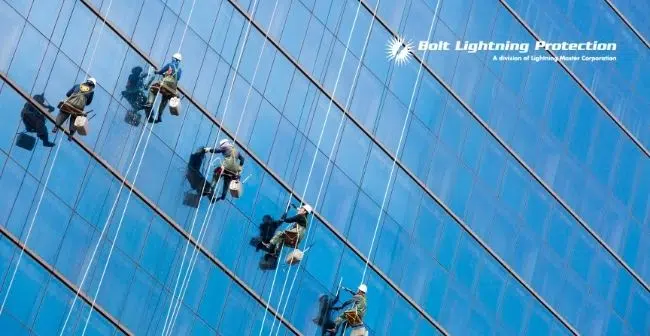Learn how to tell the distance between a lightning strike and thunder.
Did you know that you can easily figure out how far you are from a lightning strike by watching the lightning flash and listening to thunder? Thunder and lightning actually happen at the same time, but since light travels faster than sound, you’ll see the light from lightning ahead of the grumbling sound of thunder.
The roar of thunder is caused by the rapidly expanding atmosphere when a bolt of lightning heats the air along its path. The time between the lightning flashes and thunder will tell you how far you are from the point where the lightning struck.
The Lightning 30/30 Rule
The lightning 30/30 rule is a great way to tell how far lightning struck and take precautionary measures to avoid falling victim to lightning strikes. If it takes less than 30 seconds to hear the roaring sound of thunder after seeing the flash of light, the lightning storm is close enough to pose a danger. So, after the storm ends, you should wait for at least 30 minutes before reengaging in outdoor activities.
How to Determine Distance between Thunder and Lightning
Thunder can be heard from a distance of approximately 10 miles from the point of the lightning strike. If you can hear the sound of thunder, it’s a warning that you’re within striking distance of the storm. When lightning strikes, the air temperature in the lightning path can soar as high as 50,000 degrees Fahrenheit (more than five times hotter than the sun’s surface).
Immediately after the flash, the surrounding air cools and contracts quickly, creating the sound wave referred to as thunder. Although lightning strikes will just hit one spot on the ground, it will travel several miles through the air. Typically, a sharp click or crack is an indication that the lightning channel passed close by. If you hear the sound of a rumble, lightning is at least several miles away.
To calculate the lightning thunder distance, you need to understand the difference between the speed of sound and light. It typically takes the sound of thunder 5 seconds to travel a mile. So, by counting the number of seconds it takes between the flash of lightning and the sound of thunder, you can determine how far you are from the lightning strike. Simply count the number of seconds between the flash and the sound of thunder and divide by 5 to get the distance in miles. So, 1 second = less than a mile (a fifth of a mile), 5 seconds = 1 mile, 20 seconds = 4 miles, etc.
This technique is known as the “flash-to-bang” method. It can keep you safe from lightning strikes during rainy summer weather. If the time between the lightning flash and the sound of thunder is less than 30 seconds, the National Weather Service recommends taking cover for at least 30 minutes. This is an indication that the lightning is less than 6 miles away and the next strike could potentially affect you.
How to Protect your Property from Lightning Strikes
Other than understanding the lightning thunder distance, you need to take proactive steps in protecting your property from lightning strikes. Lightning protection systems are customized to protect buildings and a multitude of other industrial facilities from direct and indirect lightning strikes. Typical lightning protection solutions are comprised of structural lightning protection, bonding and grounding, and surge protection.
Contact Lightning Master for Lightning Protection Services and Equipment
Since a direct or nearby lightning strike can cause extensive damage, we recommend working with a professional lightning protection company to safeguard your employees and property. At Lightning Master Corporation, we understand the science behind lightning strikes and will provide superior lightning protection products, services, and advice to mitigate risks associated with lightning storms. We also provide lightning protection for oil and gas, communication towers, tank batteries, and chemical plants. Contact us today at 727-447-6800 or solutions@lightningmaster.com to schedule a no-cost consultation for lightning protection services.




